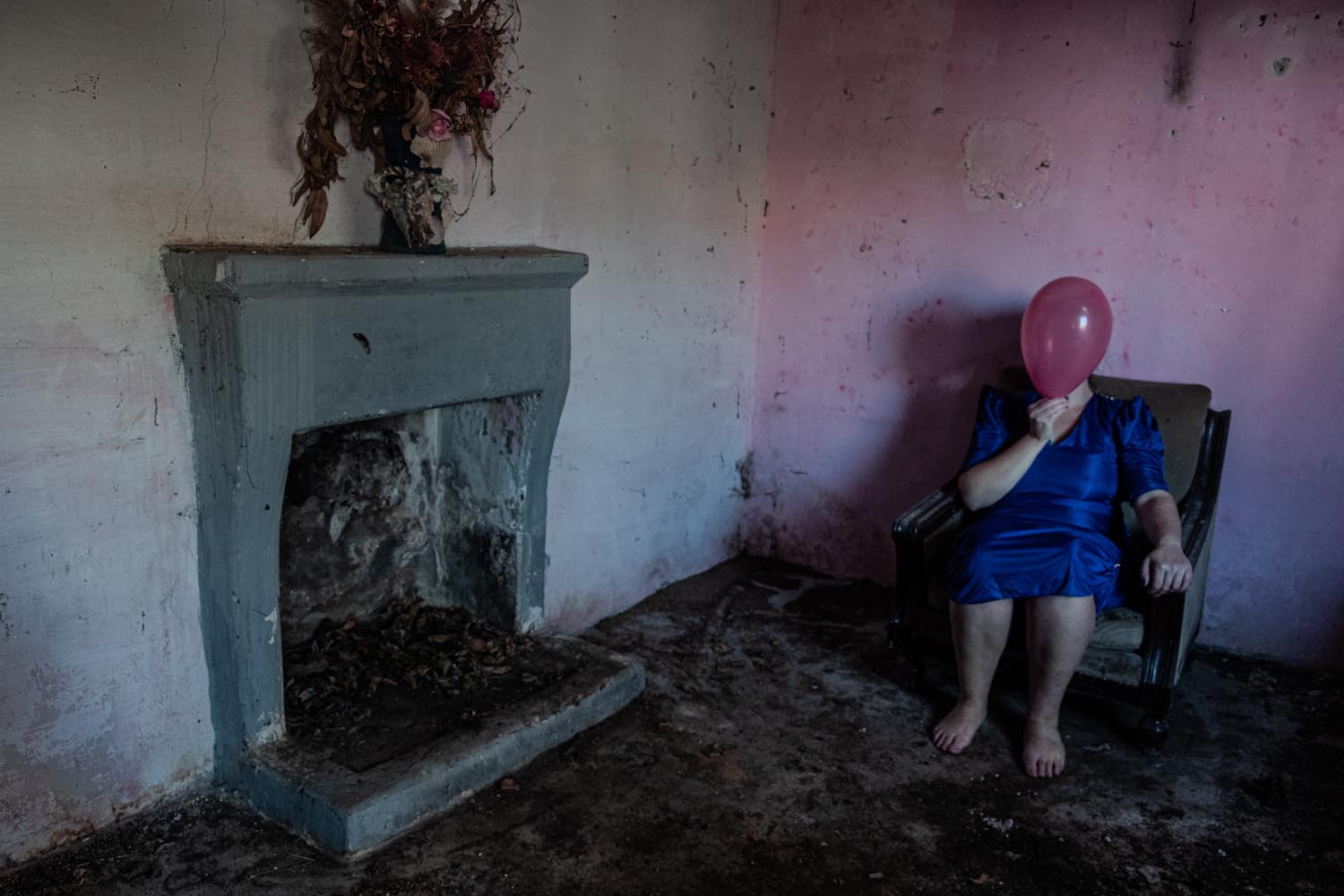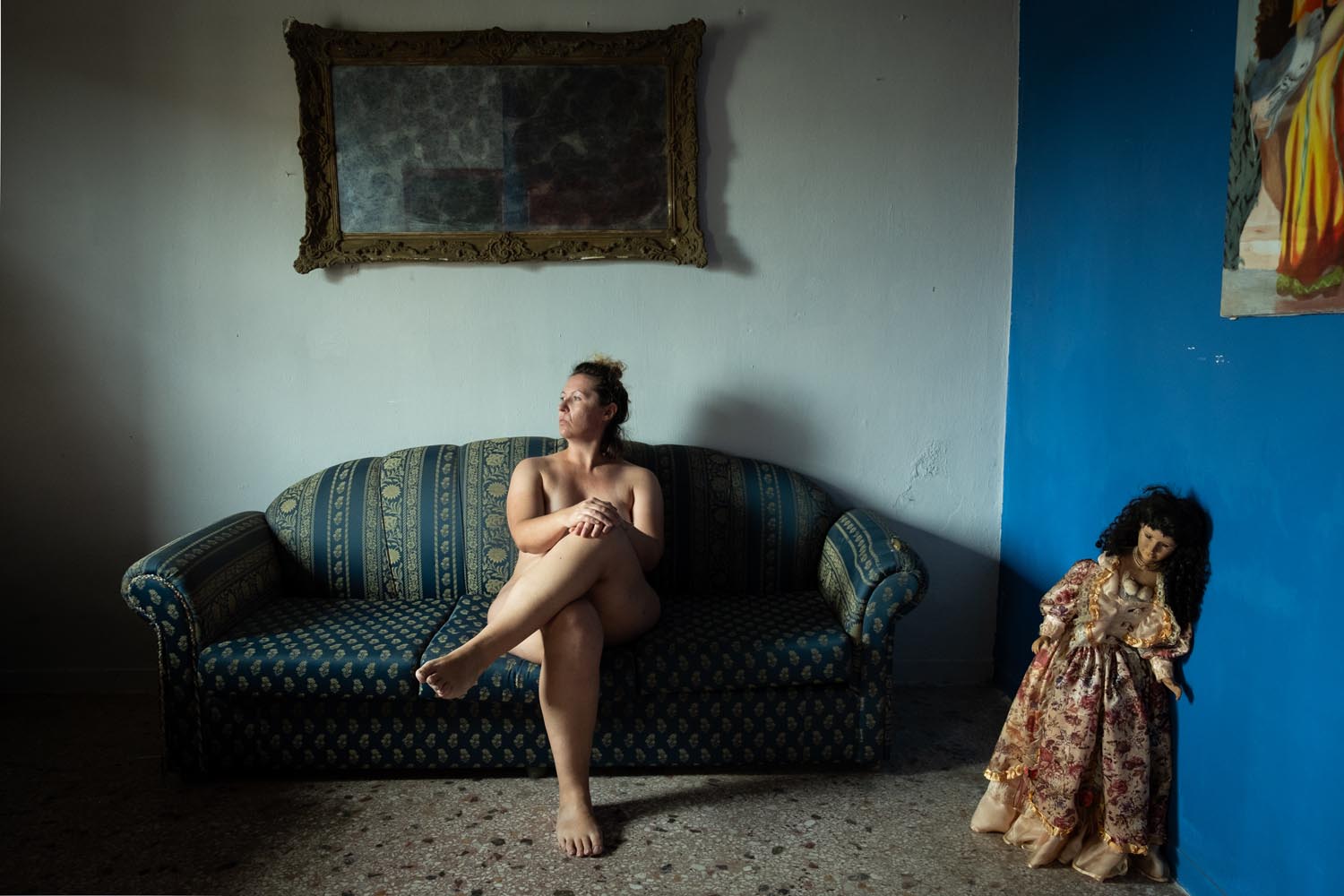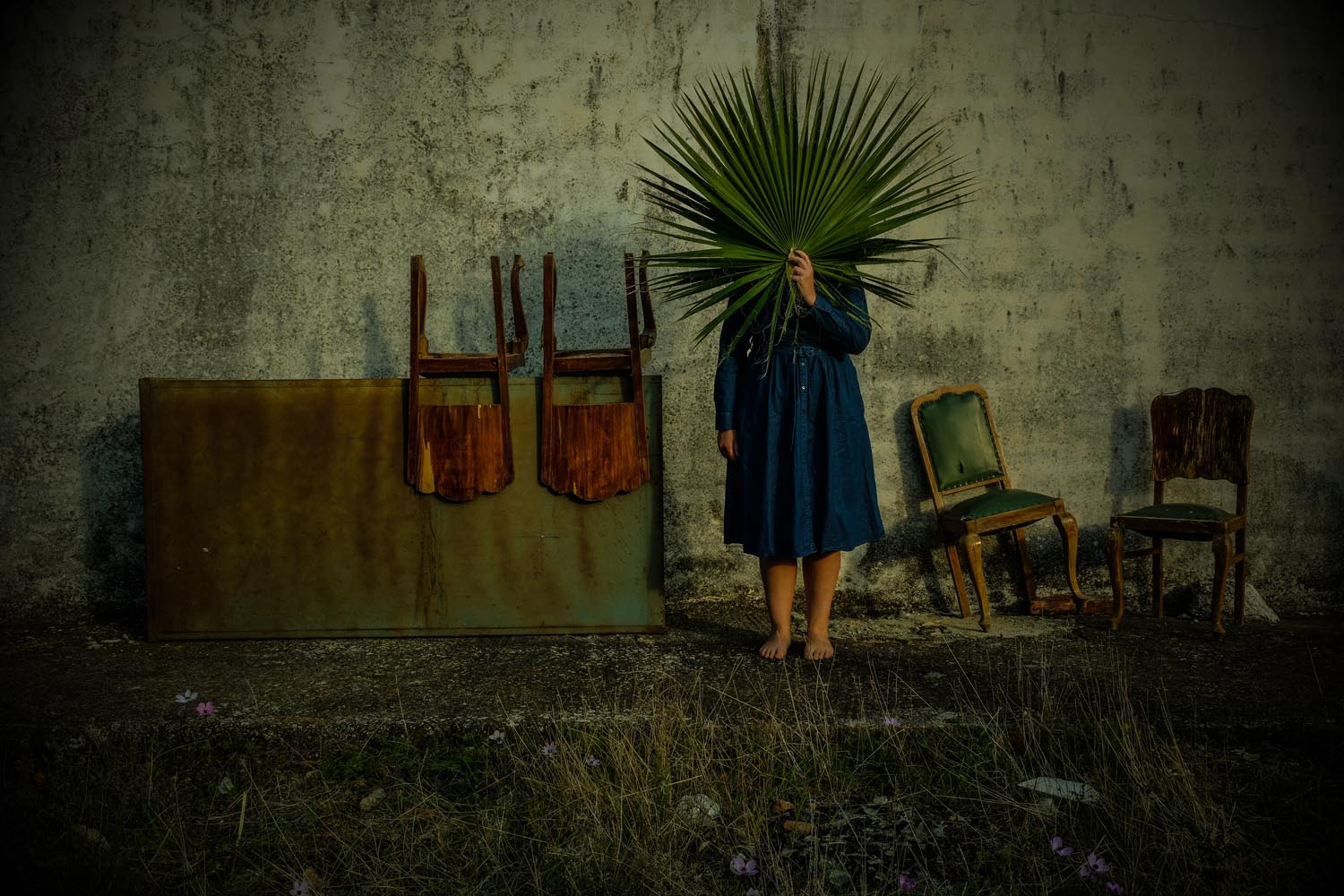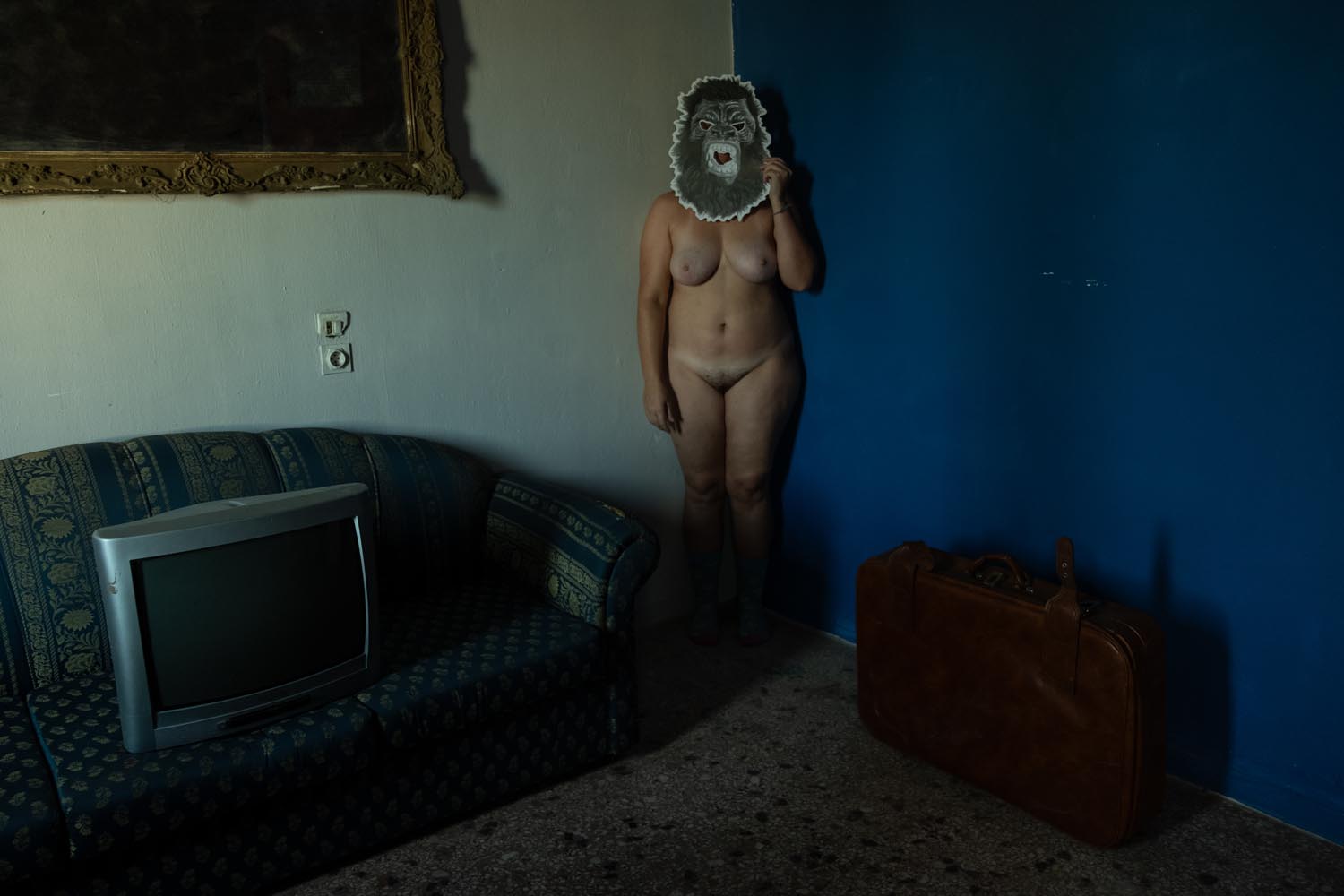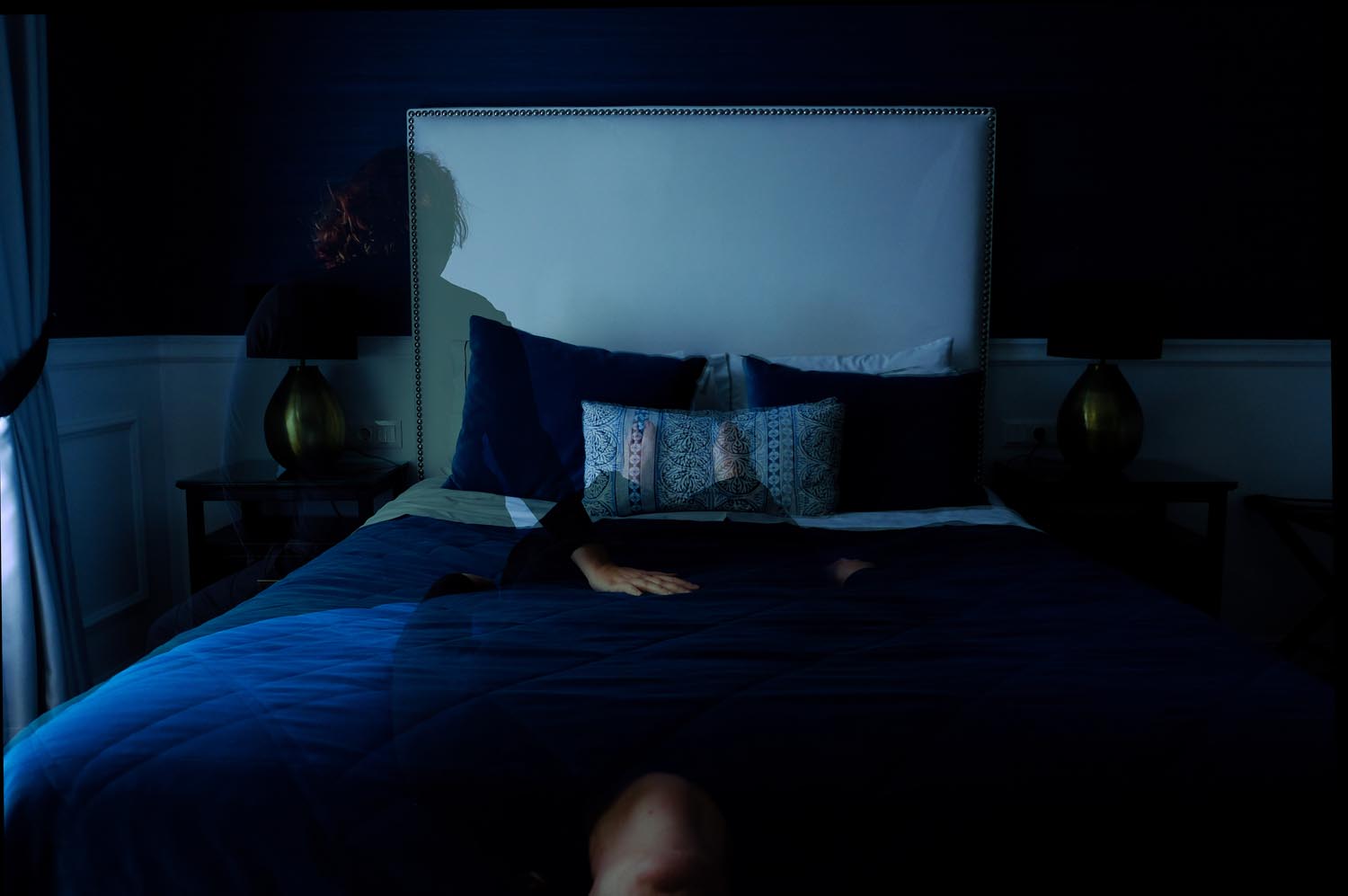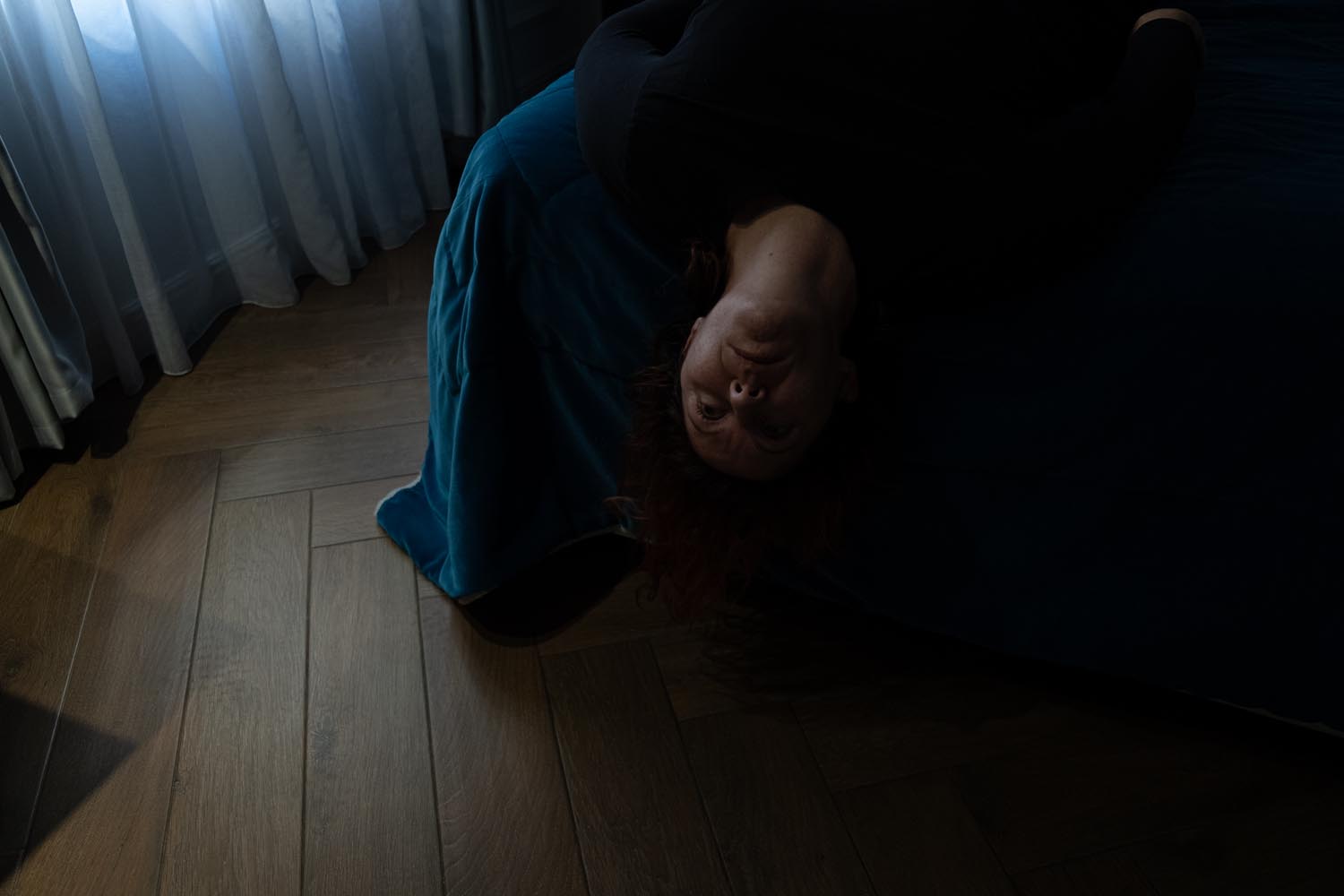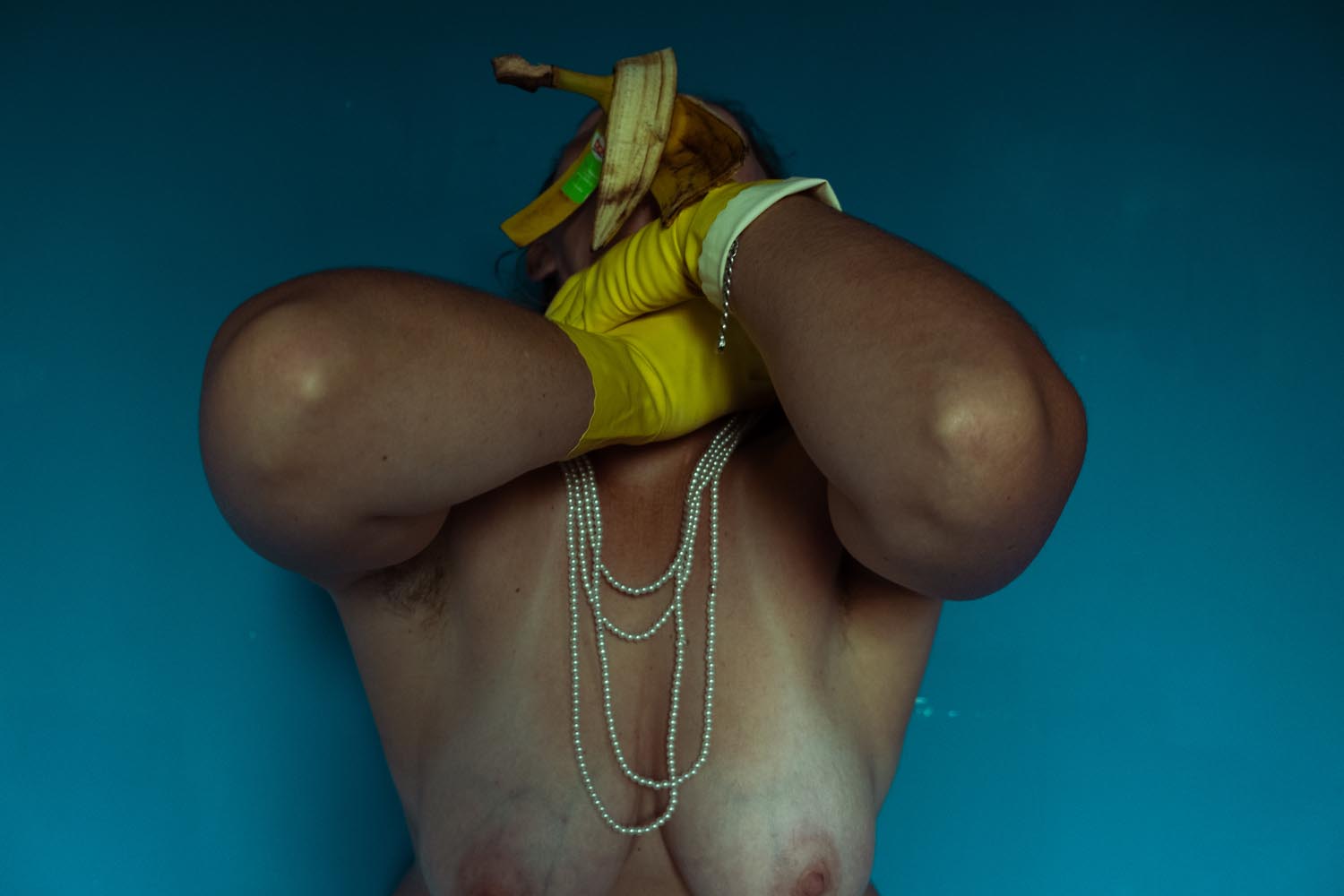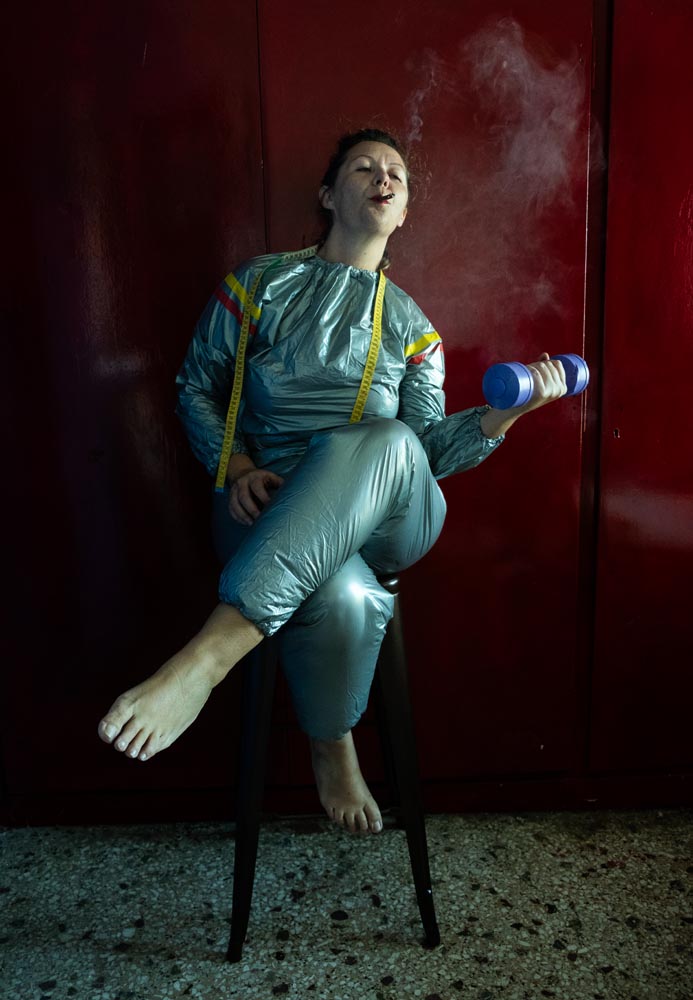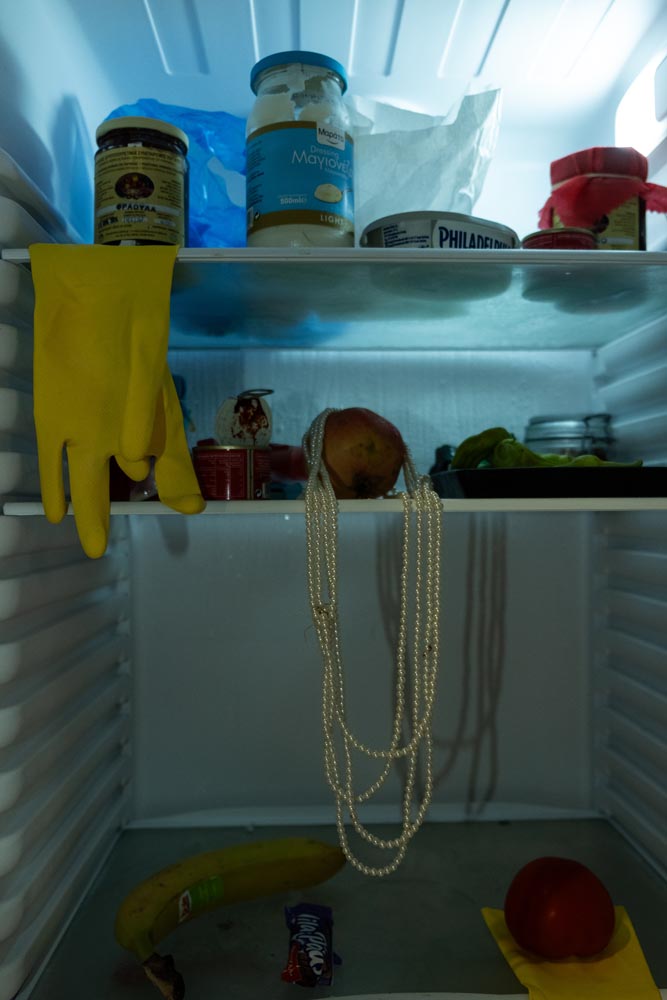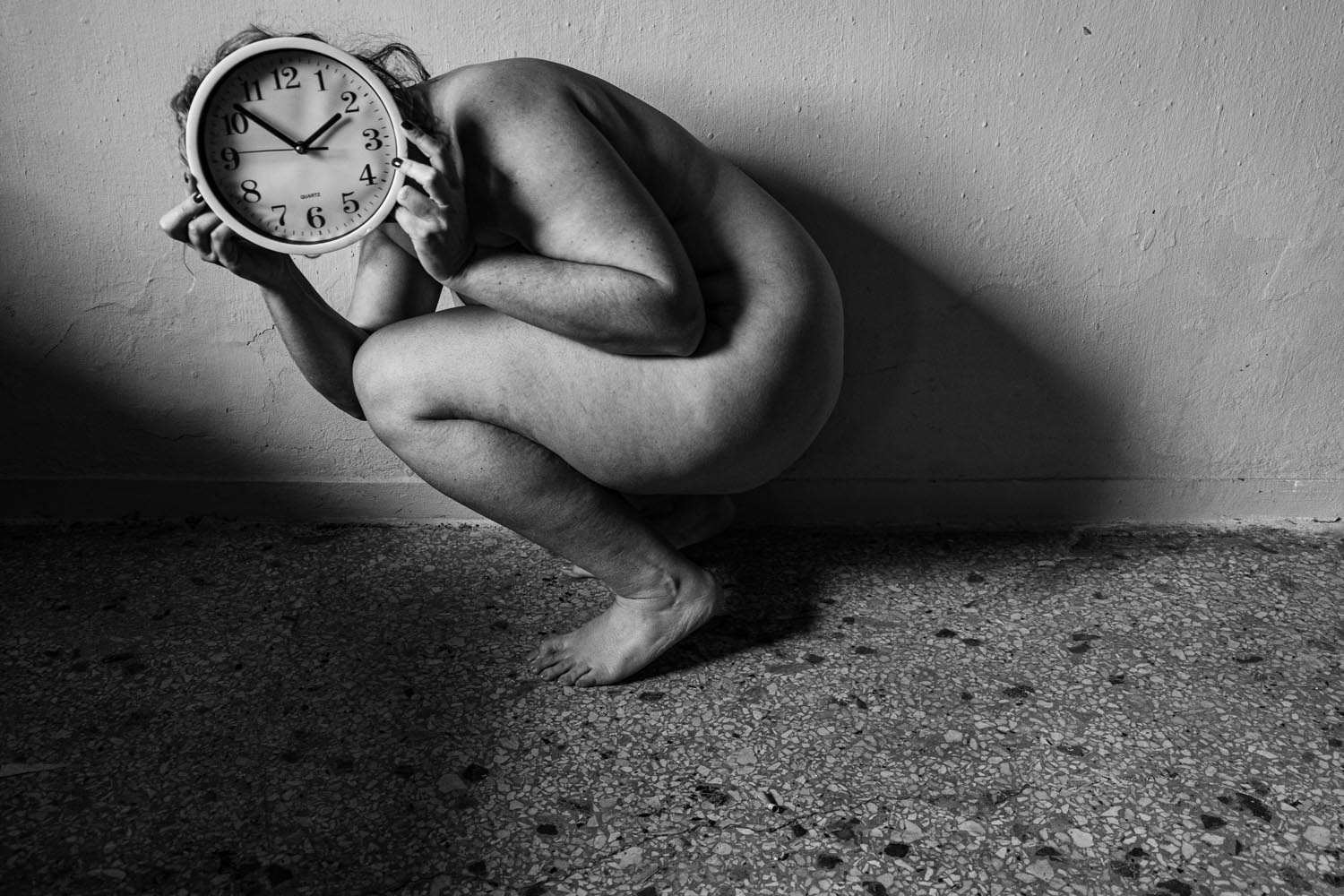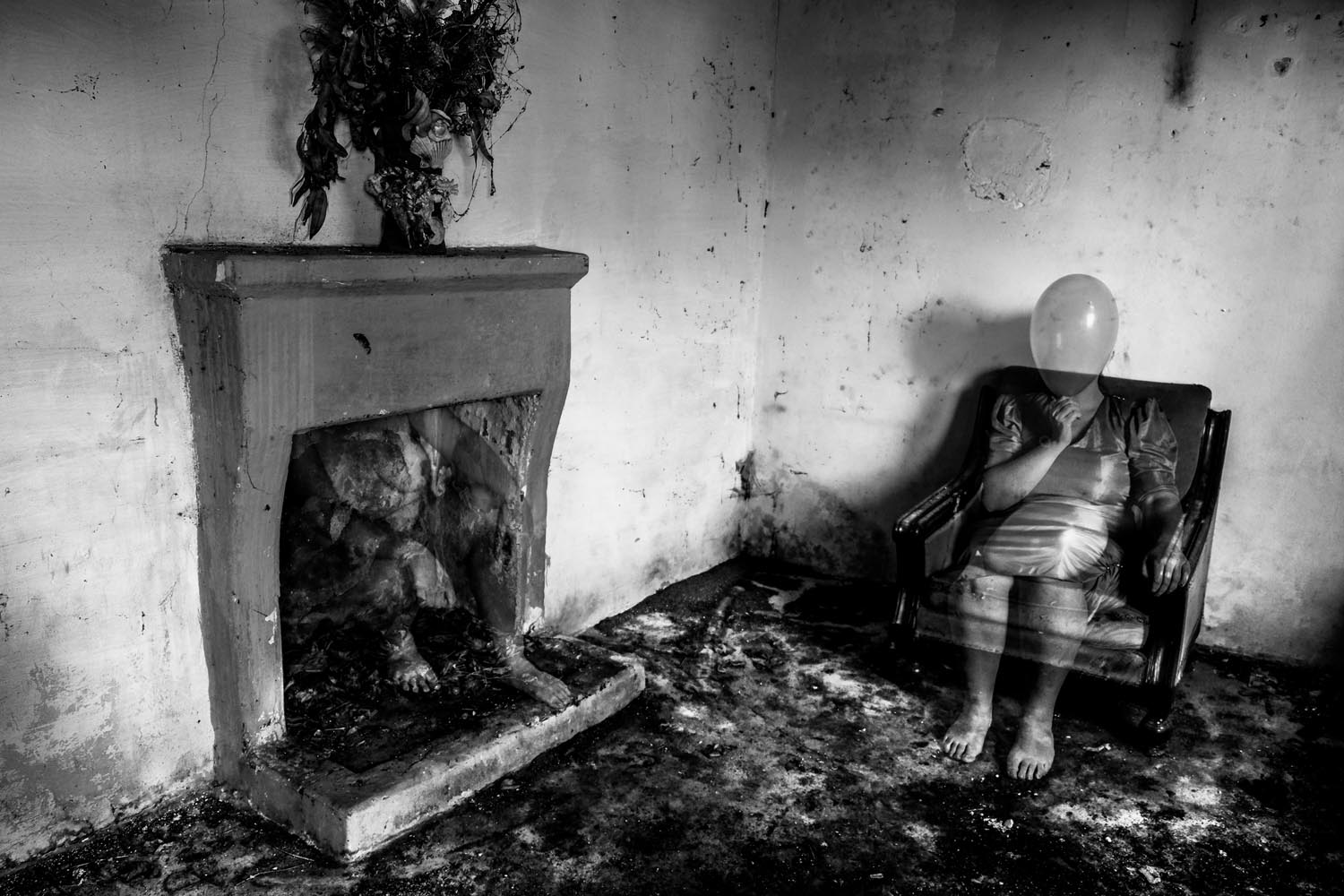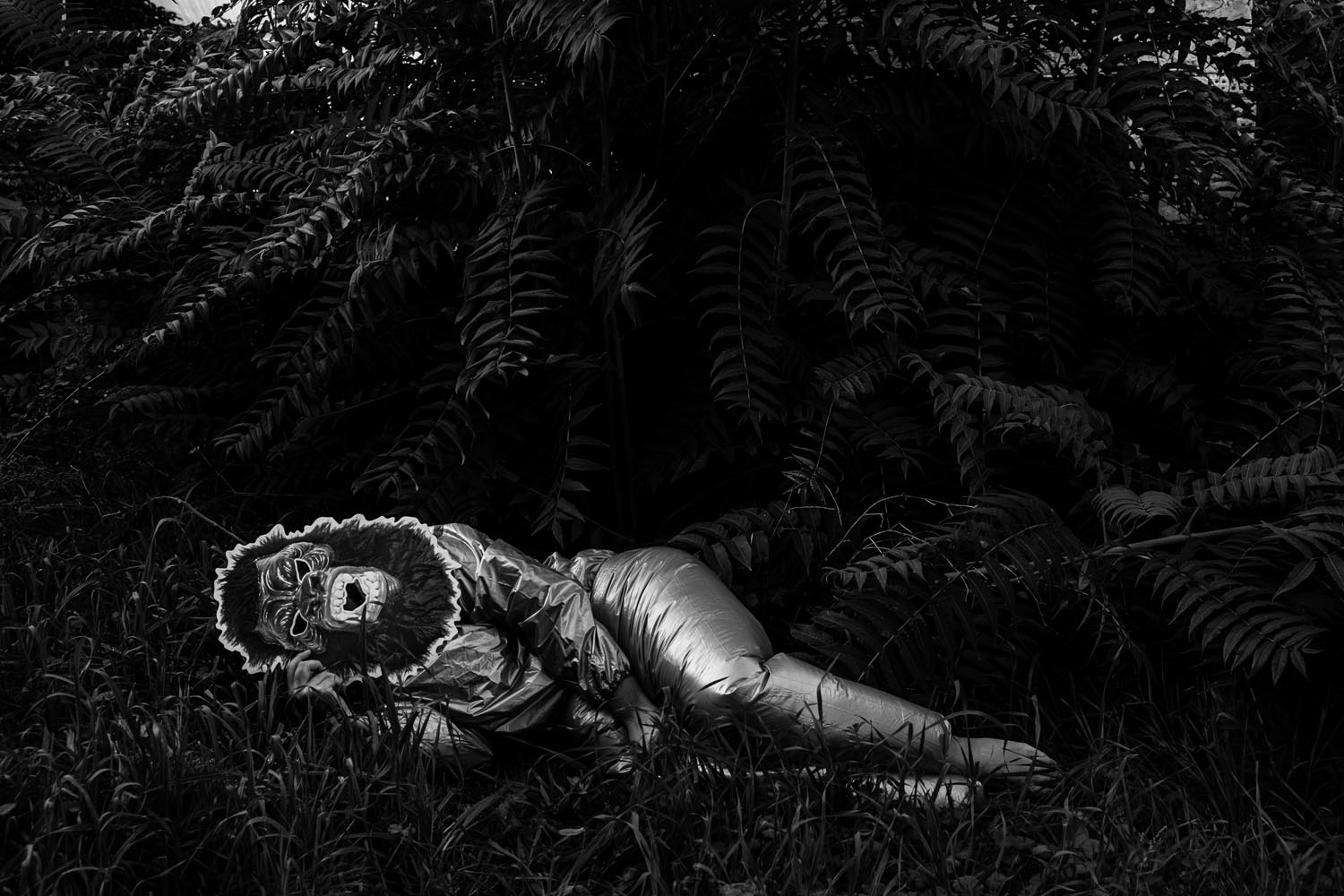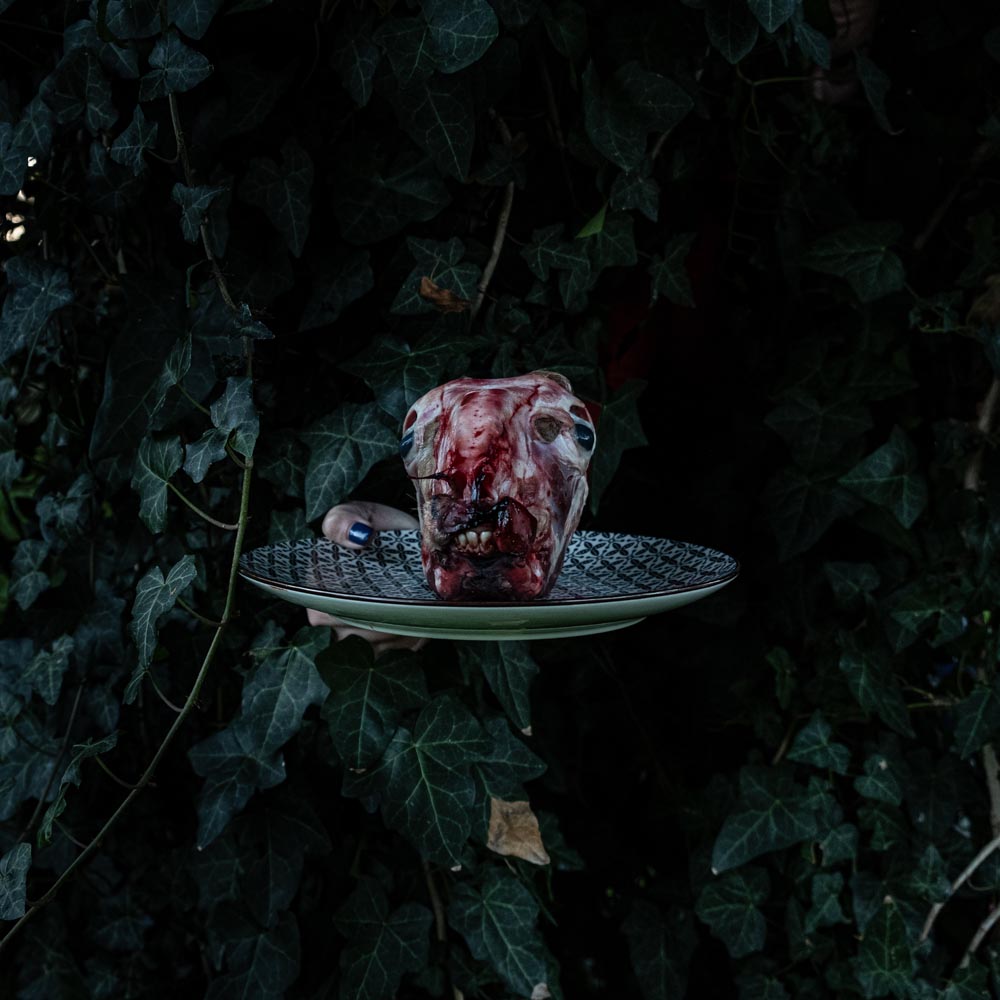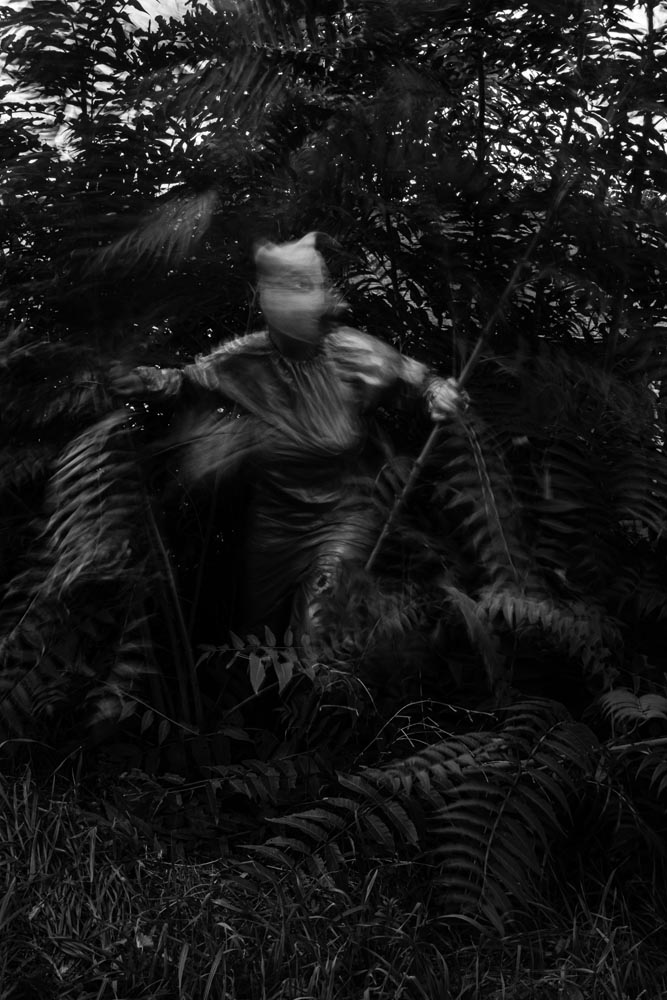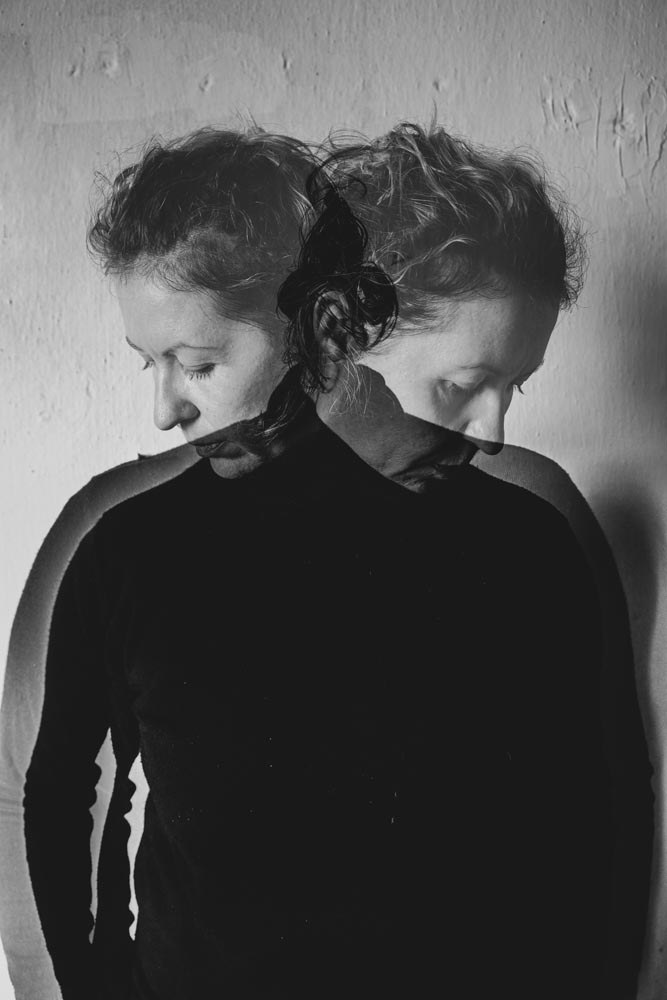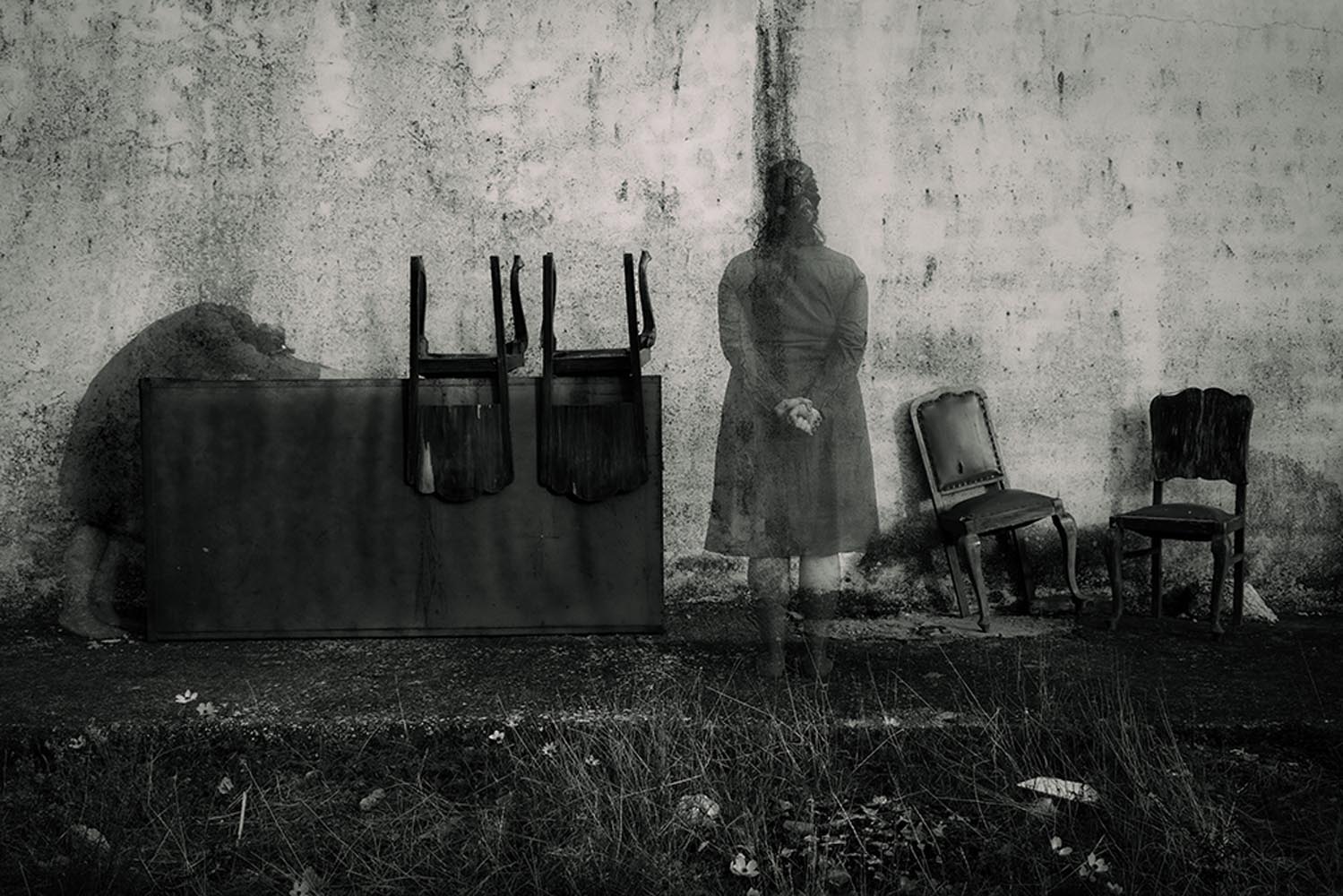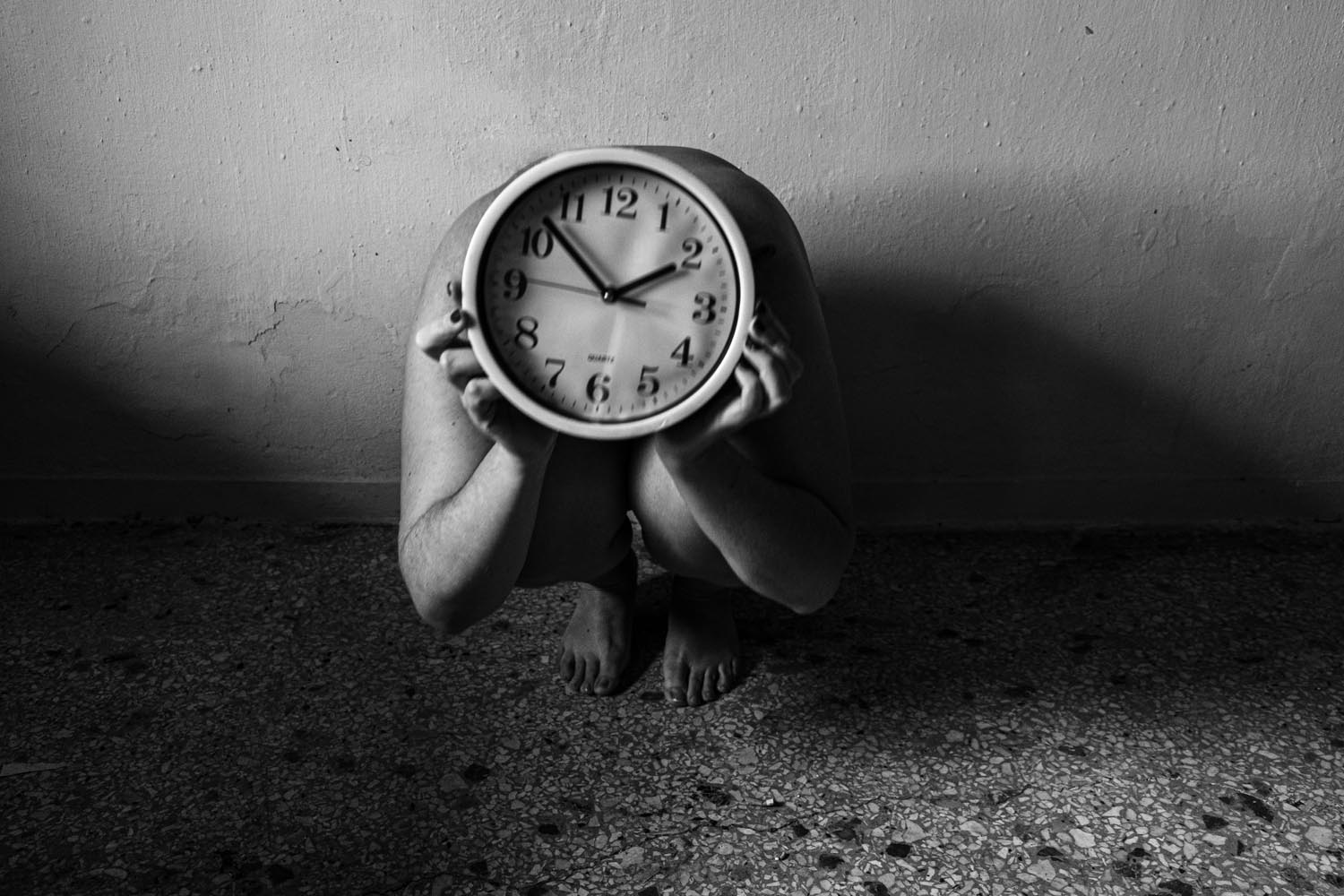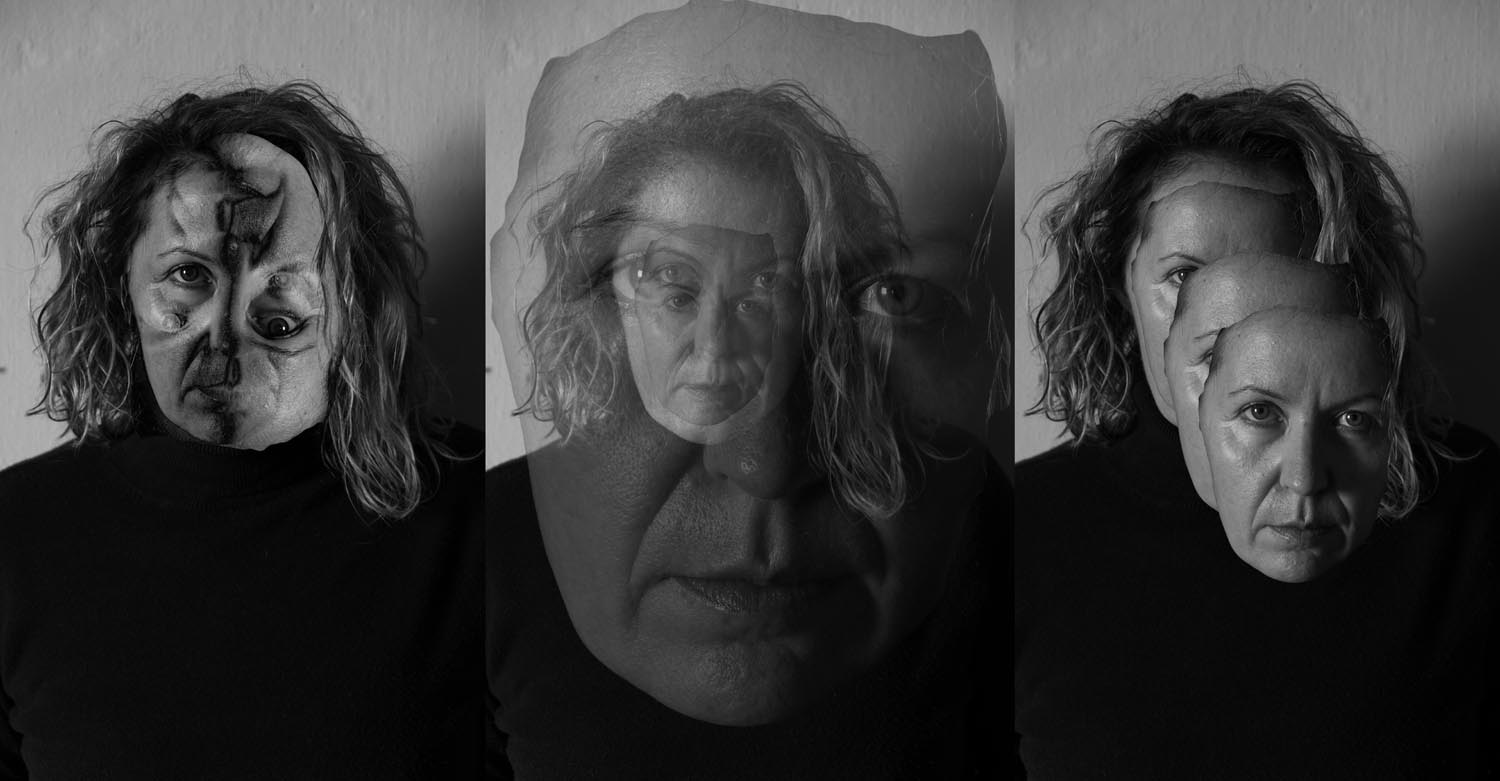Grief
This project started just before loss took place. Just before the final derailment and the total breakdown. It was the preparation of the inevitable. Like a cloud getting ready to rain. And when it started to rain it was then, that I let the pictures pour out of me.
In these pictures, there is no linear narration, only fragmented approaches and frayed visions.
It is mourning and its 5 stages. Each photo is about a stage that I experience unconsciously and that I struggle to recognize each time.
Mourning does not ask you. It doesn't knock on your door, it doesn't wipe its feet on the mat before entering.
It invades and it's merciless.
It clogs your throat in no time. It leaves you sleepless for days and nights, it keeps you in suspense. You try in vain to trip him up, to mock his existence.
Mourning, juggles, takes any form you can imagine.
It's not a memory that comes back, it's the loop in and out of time. One moment you're 8 years old and the next you're 40 and the screaming, remains the same old thing.
It is the imperfect that is spreading its roots, the trunk within your trunk, the disguised nightmares, the dizzying journey from uncontrollable anxiety to disconnection from emotions. In between, you feel a little rest, food regains its flavor, a few hours of sleep keep you upright, a temporary reconstruction takes place inside you. An extension of time let’s say.
The series of these self-portraits is a regression and a negotiation. Each time I struggle to talk about the multidimensionality of the self and the difficulty of decoding it. In several photographs a person is shown altered, with crypticness becoming a key element of the narrative. I slip away from my own self, disembodied. I become my mother. My father. I become the trauma, a shadow, a ghost wandering from room to room.
Mourning takes the form of a suffocating room.
I'm inside the room. The room is a creation of my imagination and yet it exists. The walls are moving inwards. I remain in the same spot, frozen. The walls creak, plaster falls, and it comes even closer to me. I'm frozen like stone. My muscles have become rigid. I feel the threat, dust floats and I still remain unmoved. I look at the door, I can get out, I can make it, I can make it and yet I refuse. I am afraid that if I leave now, if I abandon the room I have so painstakingly, methodically and obsessively built, I will never be able to return.
The room suffocates me and still I remain in it. If I pretend it's not so suffocating, maybe I can take it. Maybe if I fold my legs, I can even lie down. The room gets smaller and smaller and I realize I only have two choices. I can either bury myself in there, or leave.
The influences for the creation of many of the photographs were drawn from the double-exposure created by Duane Michels, and self-portraits by Fransesca Woodman. In many double-exposures, the form progressively fades away, as if swallowed from nothingness. It is annihilated and elliminated.
In some of these works, the fragmented self and its complexity are depicted as collapsing portraits, with references to the distorted self-portraits of Francis-Bacon's triptych. It is a personal way to declare that I am alive. Even if the image is presented to the viewer distorted and detached from reality.
In many photographs the element of crypticness is an element of functional importance in order to create a sense of anonymity and to avoid intense emotional outbursts.
Other times the nudity of the body is about emotional poverty. My skin is my only clothing.
However, I wanted to create a series of photographs that would approach the universality of mourning and the need to experience it without demonizing it, without fear of appearing vulnerable and fragile. Its truth is inexorable and universal, and only by coming to terms with its existence can you be reborn.
How many times have people used a pen or paintbrush because they couldn’t pull the trigger?
--VirginiaWoolf
